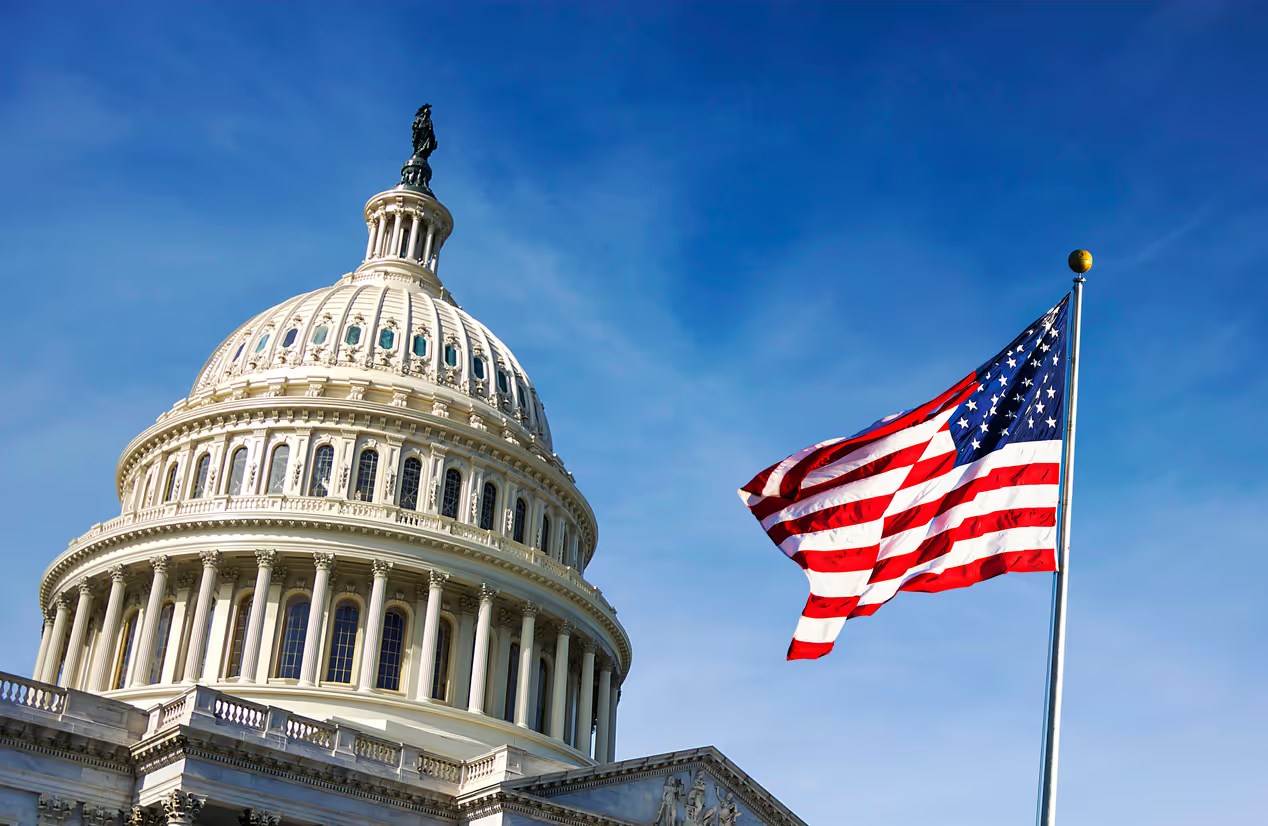The Threats to Q4 Market Performance
Stock markets have continued to perform well in the third quarter, with the MSCI World index up 3.5% in Sterling terms and more in US Dollar terms.
However, this was led by the US market where the S&P 500 index rose a further 8%, and Sterling investors have to some extent missed out on this, given the poor performance of the UK market (-5%).
The panic of March seems long past. Bear markets tend to be drawn out affairs, lasting typically 6 to 9 months, but the last two have been remarkably short. The COVID crash was about a month in length, from February 20 to March 23, while the last bear market before that – in the final quarter of 2018 – was about three months in duration.
Could this be a sign of things that the authorities now step in with stimulus much earlier than previously, aware of the potential knock on effects that an evaporation of confidence in financial markets has on the real economy? Perhaps… Who knows?
But it is certainly the case that, after the initial shock and horror of March, markets have acclimatised to the threat of Coronavirus. They have adjusted to the notion that the response of the authorities is from now on more likely to be in terms of local lockdowns, rather than a full national lockdown.
The infection rate has increased, but hospital admissions are on average some way below the Spring, while death rates are still significantly below (130 per day at the time of writing, versus 1,000 back in April).
In Donald Rumsfeld’s terminology, the risk of COVID has gone from being an ‘unknown unknown’ to being an ‘known unknown’ (we know that cases will increase, but just don’t know the extent or duration).
While the recovery has been strong, it is worth considering whether it can be built on further in the fourth quarter.
We identified five risks recently when projecting possible Q4 performance. One of these is obviously COVID. It is unlikely we will have a vaccine before the end of next year at the earliest. So in the meantime it is still a case of mitigation, test and tracing, and in certain circumstances local lockdowns to prevent the virus developing into a national problem once again.
The next risk is stimulus – or the potential withdrawal of it. The very generous furlough scheme could not go on for ever. Its replacement will go some way to preventing a huge spike in unemployment, but it is inevitable that the jobs market now adjusts to a new world. But unemployment will go up and there will be hardship, which could cause consumer weakness over the winter, and it is still not clear where new vacancies will evolve to take up the slack.
In the US, too, there is a hiatus on stimulus, with the Republicans and Democrats unable to agree on a consensus. However, it is likely that in the next month or two a more limited replacement to the April stimulus package will be forthcoming.
Our next risk is Brexit (that never ending saga – will it ever go away?). We have already passed Boris’s self-imposed deadline of October 15th, when he said he would walk away from the talks if nothing was agreed. It is likely that negotiations can continue through to early November before the two parties need to go off and prepare for a ‘No Trade Deal’ scenario. Our base case is still that a ‘skinny deal’, which may not cover fishing and the level playing field issues, can be agreed, and that it is in everyone’s interests to do so. We can’t see the matter being delayed further into next year, although, if one has learned anything from Brexit, it is, ‘Never Say Never.’
The next risk, perhaps the most prominent at present, is the US election. We would go with the opinion polls, given the recent widening in Joe Biden’s lead. Four years ago Hilary Clinton was 5% ahead in the polls and lost, but the 10% lead Biden currently has seems too big a gulf for Trump to cross. It would also negate the risk of an indecisive poll in which Trump potentially refused to move, which some have postulated.
The Democrats have, historically, provided a favourable background for stock market performance, and this is likely to be the case again, with Biden a relatively moderate character. Though there would be winners and losers, energy is likely to be among the latter, with renewable infrastructure a winner, while the Democrats have also talked of moving against the tech giants.
However, the Democrats are likely to provide more stimulus, and this could be crucial next year when the initial effects of the first round have worn off and unemployment is potentially climbing towards 8 or 9%.
Our last risk was US and global trade and diplomatic tensions with China. With the head of the UK’s MI5 saying recently that China is likely to be the biggest threat to the UK in the future, this may be the risk that has the longest lasting ramifications.
Disclaimer: The views, thoughts and opinions expressed within this article are those of the author, and not those of any company within the Capital International Group (CIG) and as such are neither given nor endorsed by CIG. Information in this article does not constitute investment advice or an offer or an invitation by or on behalf of any company within the Capital International Group of companies to buy or sell any product or security.















